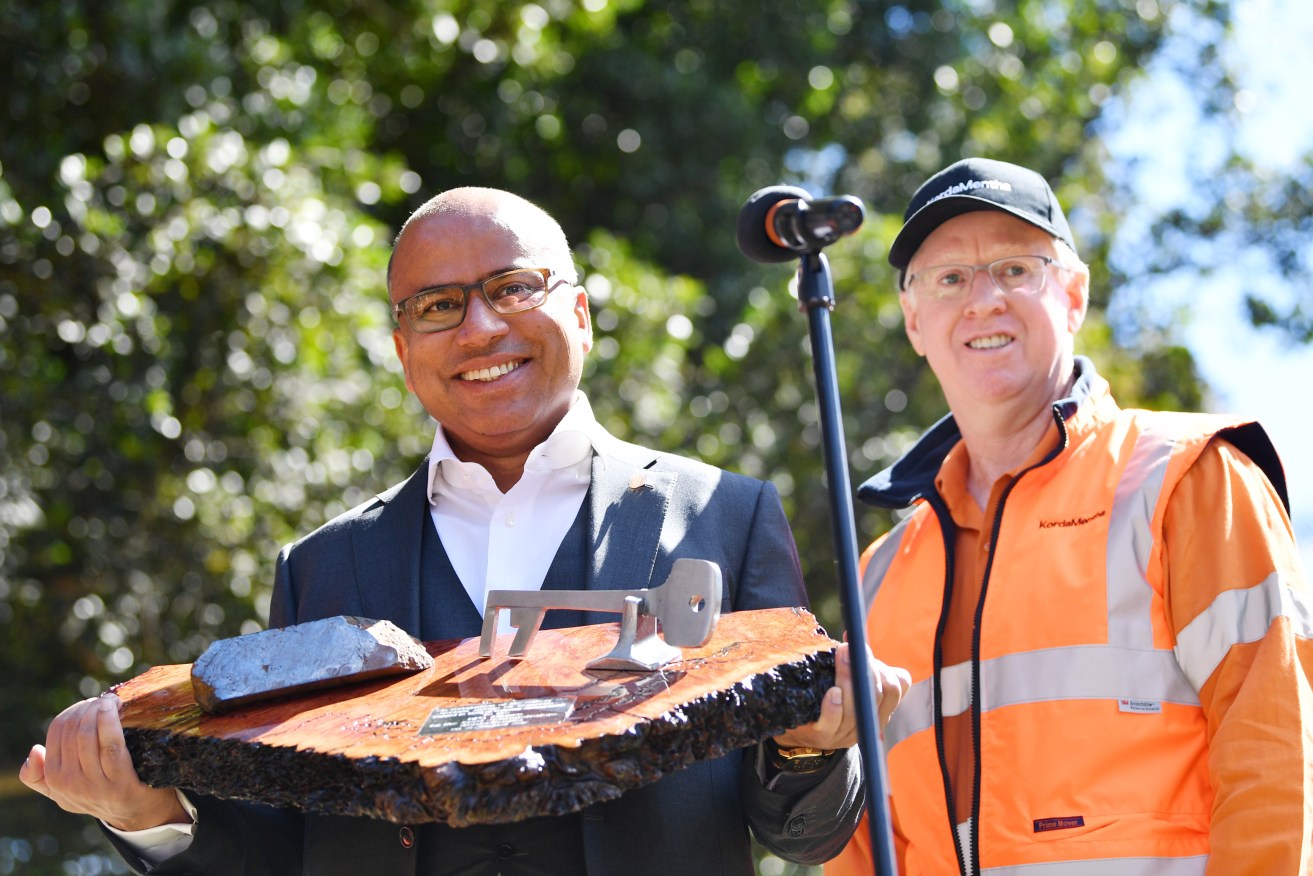“Day one of a new energy world”
A South Australian renewable energy company that began 13 years ago with a solar system for a cubby house has taken the biggest step in its history, with its founder declaring “it’s day one of a new energy world”.


British businessman Sanjeev Gupta (left, with Mark Mentha) has taken a controlling interest in Adelaide renewables company, Zen Energy. Photo: AAP/David Mariuz
This week, Zen Energy – known locally for its solar and battery systems – has been catapulted into the forefront of Australia’s energy transformation, with billionaire British industrialist, and the new owner of steelmaker Arrium, Sanjeev Gupta, taking a controlling interest in the Tonsley-based company.
Gupta’s energy division, SIMEC, will work with Zen to deliver what it hopes will be cheaper, more reliable and sustainable energy for mining and steel production operations across Australia, including at the Whyalla steelworks.
Zen, which is in the process of gaining an energy retailer licence, will now be able to cover off on most aspects of the renewable energy business – from selling small systems for residences and businesses, to building large-scale renewable energy infrastructure, tailored to suit the needs of some of Australia’s heaviest industrial users of electricity.
Zen’s founder Richard Turner said the SIMEC investment was a “defining moment” for Australia’s renewable energy sector.
“This is really about private industry taking control of its own energy supply,” he told InDaily.
“The largest energy consumers in Australia are taking control because they know they can produce cheaper energy themselves than through the traditional energy supply chain.”
He predicted Arrium could reduce its energy costs by 50 per cent by harnessing a range of renewable technologies, including co-generation and recapturing wasted heat energy, thus increasing the operation’s global competitiveness.
The SIMEC investment means that Zen is looking at building power stations using renewable sources – utilising a range of technologies including wind, solar, tidal and storage solutions such as pumped hydro – to serve the specific needs of big industrial customers. Depending on the industry, peak power needs are at different times, so the Zen vision is to tailor renewable energy to users.
Turner said the new arrangement would turn the traditional energy supply model on its head: instead of building capacity and then looking for customers, Zen will construct power supply solutions to fill specific needs.
Gupta, who has taken a 50 per cent plus one share majority in Zen, said the high cost of energy in Australia was “debilitating for the economy and a crying shame for a country so rich in resources”.

Zen Energy’s Richard Turner. Supplied image
“We clearly see a need for industrial groups and energy generators to work together.
“With our partners, we can deliver a step change in the power industry, bringing innovative solutions and new projects to dramatically reduce the cost of dispatchable power ”
Gupta’s company took charge of Arrium earlier this month and reaffirmed plans to invest up to $1 billion to upgrade and expand the capacity of the Whyalla steelworks.
He also flagged further investment in Australia including possible construction of new port facilities, further mining activity and the development of extra pumped hydro and solar power plants to lift energy production.
Premier Jay Weatherill was jubilant about the development today.
“This really is the holy grail of energy policy – a major industrial player choosing to invest in renewables to supply their large-scale power needs,” he said in a statement.
“It’s clear – coal is the past, renewables are the future.”
For Richard Turner, it’s also a landmark on his personal business journey which began 13 years ago in the infant days of the solar industry.
“Zen started in 2004 from the dining room table and in the kids’ cubby house,” he said.
The children wanted power to the cubby, so he took himself down to the local hobby store and cobbled together a rudimentary solar system.
“I thought – ‘this is a cubby – what’s the mechanical barrier to run a whole house on the same technology?’”
Two years later, he had his first solar system on the market.
– with AAP




